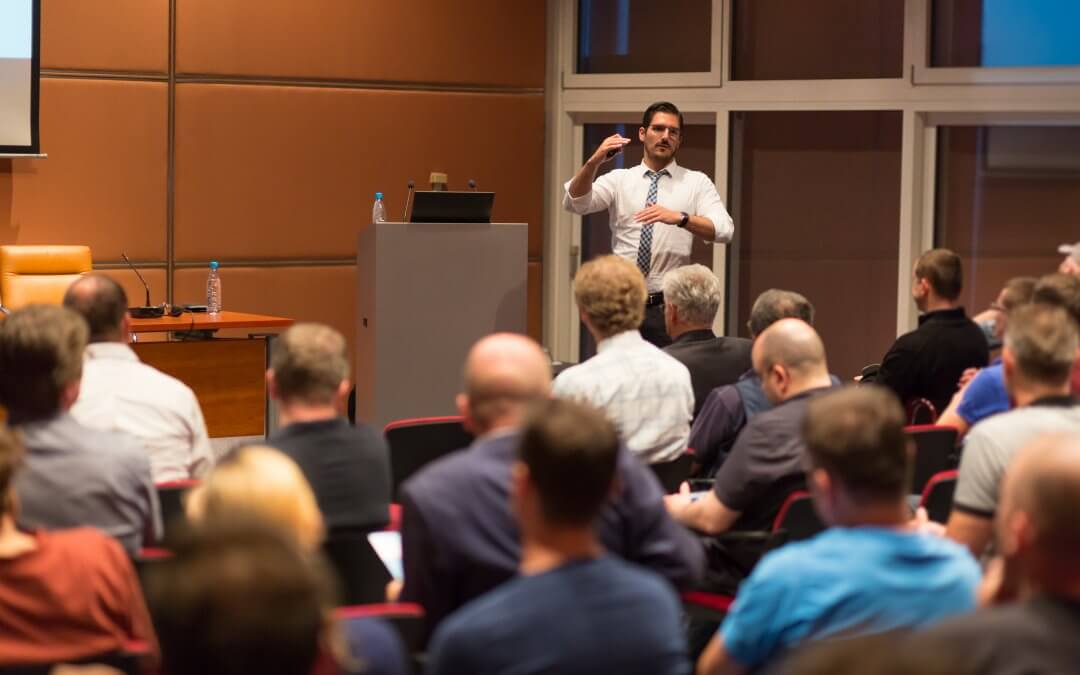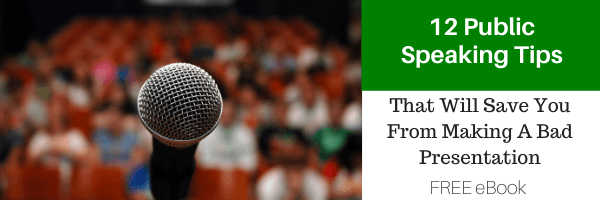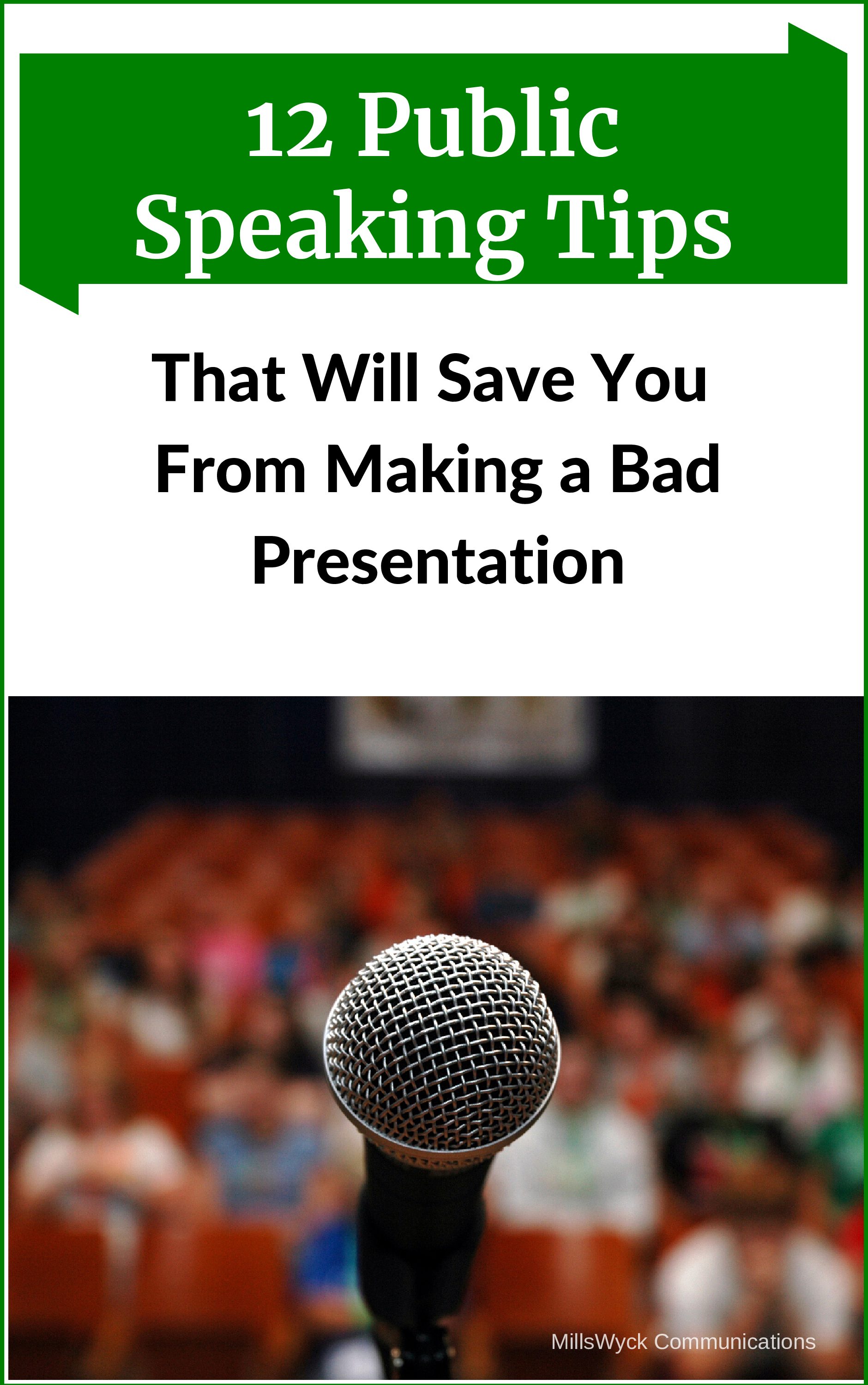One of the most difficult public speaking skills is knowing how to end a presentation or speech. The end of the calendar year is such a whirlwind. There are client engagements to wrap up. Accounting to complete so the tax season (which is a month earlier for corporations!) isn’t so crazy. Billing and accounts receivable to balance before the ball drops. On the personal side, there are holiday celebrations, gifts to buy, travel and family schedules to manage, end-of-the-year bargains to try and find, and an attempt to find some peace and reflection. Often my to-do list is simply prioritized by the things I have time to complete. I’ve missed so many year-end deadlines I stopped counting. I’ve learned to find what is necessary and get that done, because there’s a New Year to start just around the corner. And I LOVE new years and new beginnings.
When I watch speakers, their endings often feel like my year-end rush. Scrambling around trying to tie up loose ends, rushing from item to item without finishing anything, and hyper-focusing on details that may not be part of the larger vision or message. Knowing how to end a presentation well may be one of the hardest things to do well in speaking, but it also may be the most important.
Here are three tips for how to end a presentation, talk, meeting, pitch, or interview with power and impact:
Don’t take questions at the end

Save something for the very end
If you do break for questions (or even if you don’t), save something for the end. An extra tip. A surprise. A bonus gift. A guest appearance. The serial-position effect explains that people remember what is at the end more than anything else you cover (second is what you cover first). If you have nothing worth remembering at the close of your talk, you’ve wasted a golden opportunity to connect and impact your audience. Have something big at the end (e.g. Steve Jobs, “and one more thing”).
End a presentation like you started it
The easiest—and maybe the most sensible—way to end a presentation is …like you started. If you open with a story, then revisit the story (or tell the “rest of the story”). If you open with a quote, end with a quote or alter the quote you started with. If you start with a question, give the answer. If you open with a current event, end by predicting the future. If you start with a picture or prop, end by circling back to that visual element. People should see what the story arc of your entire talk was about and be thrilled with the end of your talk – not because it’s finally over but because it closed the loop on everything they came to hear.
Regardless of the form you choose for your ending, don’t neglect addressing the reason you are speaking in the first place. We call them objectives, and they should be measurable, concrete, and simple for the audience to take away. Make the ask. Provide the assurance. Issue the challenge.
The worst possible way to end a presentation may be, “Well, that’s all the time I have,” or perhaps, “That’s all I’ve got. I guess we’re done.” It’s like a calendar coming to December 31 with a list of undone tasks. Be stronger than that. Spend time polishing your ending, and by association, your beginning.
This year, perhaps more than ever, we would love to package up the loose ends and close the door, beginning anew on January 1. Our closing advice in this newsletter applies to this crazy 2020: End strong. Meet your objectives. Stop rambling on and on and set yourself up for something new.
Communication matters. What are you saying?
Want more speaking tips? Check out our Free Resources page.
We can also help you with your communication and speaking skills with our Workshops or Personal Coaching.
This article was published in the December edition of our monthly speaking tips email newsletter, Communication Matters. Have speaking tips like these delivered straight to your inbox every month. Sign up today to receive our newsletter and receive our FREE eBook, “Twelve Tips that will Save You from Making a Bad Presentation.” You can unsubscribe at any time.




